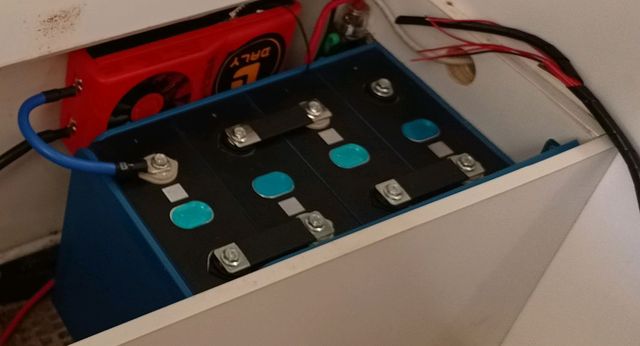
LiFePO4 Cell Compression
Share
What is Cell Compression?
Cell compression is quite literally squeezing/fixturing the outer aluminum case of LFP (LiFePO4) cells to prevent delamination of the internal components. Delamination leads to a reduced lifespan of the cells, as well as additional stress on electrical terminals. Internal forces are constantly acting on a thin aluminum case that is not strong enough to resist these forces. Lack of compression leads to damage of the cells, as indicated by swelling and premature battery failure.
Why Is Cell Compression Needed?
With the latest technology of LFP cells, many advances have been made to increase how much energy can be stored in a given volume. Engineers in general regularly face the challenge of fitting “more” into “less”. Sometimes to accomplish such a challenging task, compromises must be made. In this case, to create more space, a thinner, less structurally integral material has been chosen.
The thin aluminum case cannot withstand the internal forces exerted when the cells are charged, but the new design never expected the cells to be used on their own. The greater majority of these LiFePO4 cells on the market today are originally intended for use in Electric Vehicles (EVs). Automakers and pack manufacturers are already designing the packs with compression in mind because the demands of a solidly held pack in an electric vehicle where vibration is guaranteed are much more intense than a stationary solar power system. By using a single compression fixture on an entire pack as compared to many thick plastic cases, significant space and weight is saved, leading to higher capacities in the same space.
When Is Cell Compression Needed?
More times than not, cells will require compression. 95% of all aluminum-cased LFP cells on the market require compression. While the exact wording varies, most high-quality cell manufacturers will make notes in their data sheets.

Aluminum case batteries that do not require compression do in fact exist, however, they are rare. Asking the vendor you are purchasing the cells from is usually a good idea, however not all vendors are fully educated with regard to the engineering considerations of each and every battery and manufacturer requirements.
How To Build A Cell Compression Fixture
Cell compression fixtures will vary extensively. Every application is different, for example, a large array of cells in an electric vehicle will have many more cells to fixture, than a simple 4-cell pack used in an RV or camper. Advanced builds like this will have far more details than we can cover in this article. Some fixtures take advantage of plastic or metal banding, while others utilize threaded rods and end plates. Care must be taken in selecting materials that are able to resist the forces exerted by the cells.
A simple cell compression fixture that is sufficient for most stationary packs used in solar and off-grid applications can be built using some simple materials sourced at a local hardware store. In the video shown here, you can learn our recommended procedure for building a compression fixture that will provide enough compression to get you started and prevent premature degradation. This design is not perfect for every application, but can be used as a starting point. Members of the DIY community like this design due to its simplicity, however, other members have added coil springs, additional reinforcement, and many other methods to create a smoother and more even compression fixture..
Important Considerations
Cells will swell if they are charged over 3.4v regardless of the rate of charge.
Cell-swelling is based on the state of charge, not the rate of charge. Once a battery swells, it’s permanent damage that will make your pack a headache for the rest of its life. When you are preparing your battery pack for use, you may choose to top-balance your cells. When performing this process, you may think that you can opt-out of compression since it’s a slow rate of charge. This thought process is a MISTAKE and will cause major difficulty for your cells. Swollen cells that are re-compressed apply immense pressure to the outer layers of plates, whereas keeping an already-flat cell still flat applies even pressure to all plates throughout the battery.
